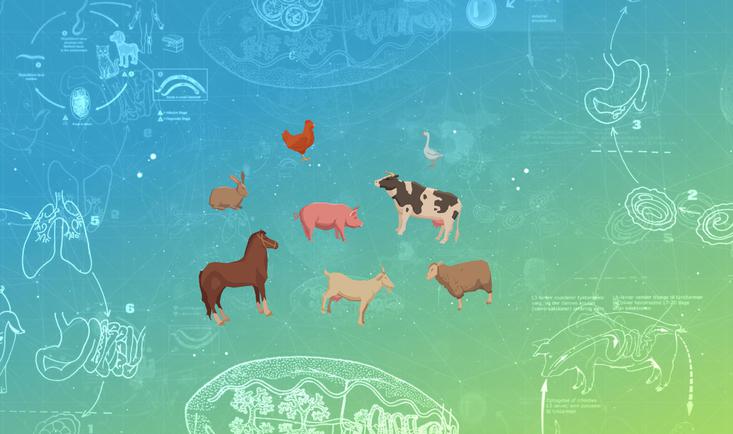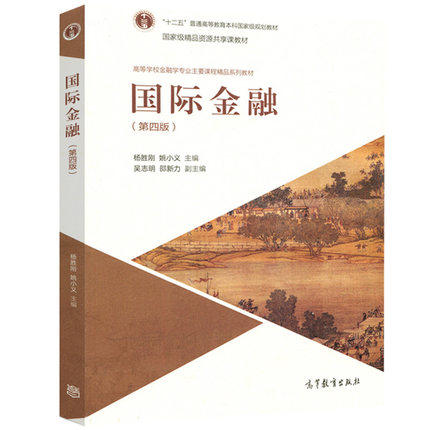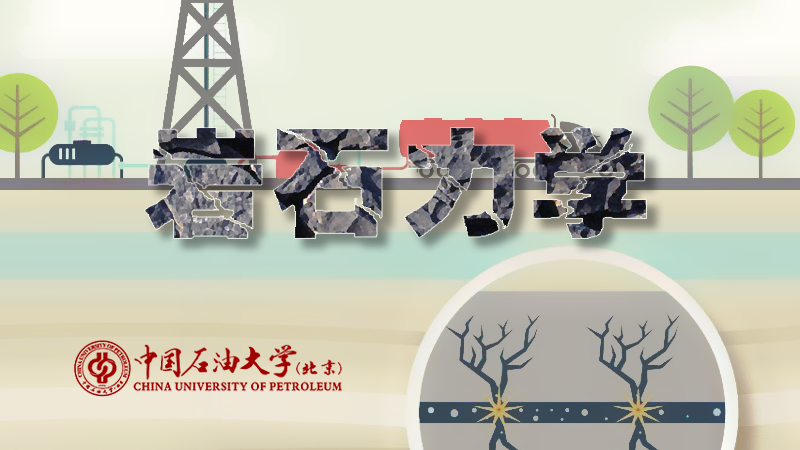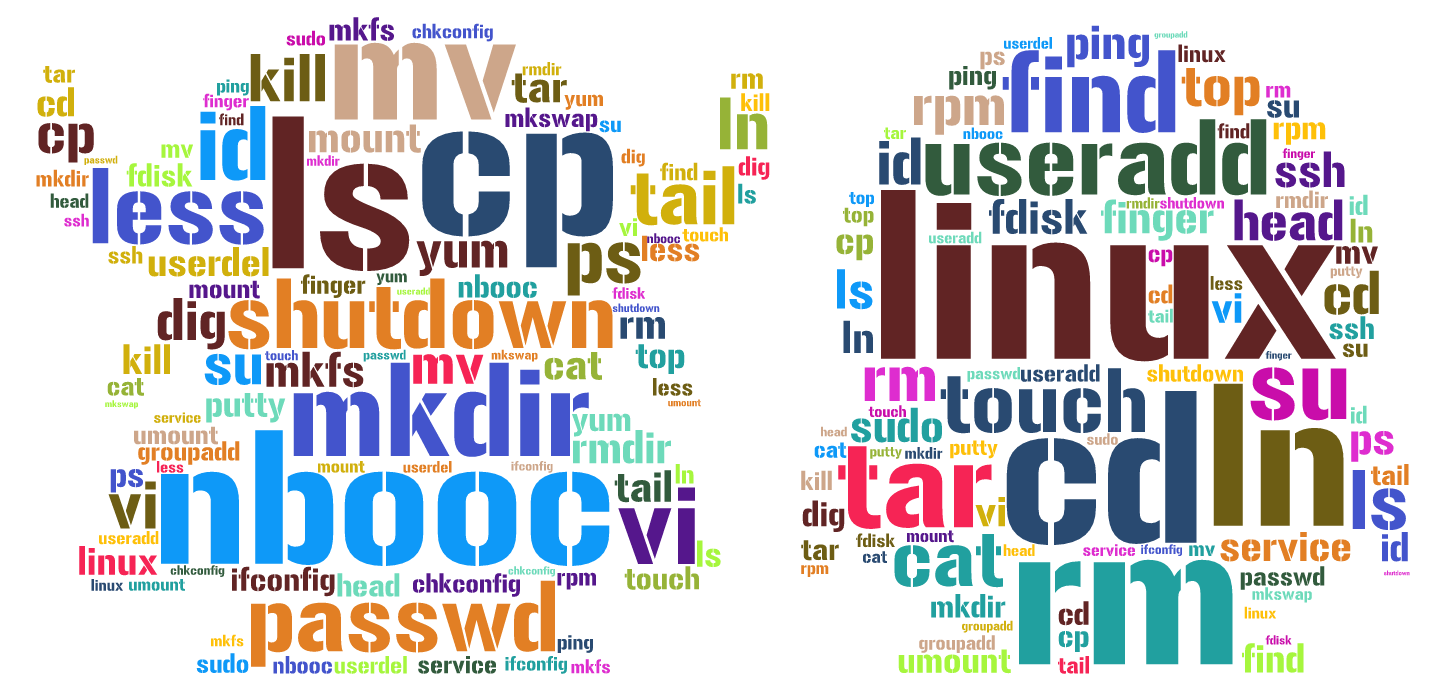
当前课程知识点:环境工程专业英语 > 4. Solid waste pollution and treatment > 4.3Management of solid waste > 4.3 Management of solid waste
各位同学 大家好
欢迎回到《环境工程专业英语》课程
欢迎回到《环境工程专业英语》课程
我是赵岩 来自北京师范大学
本部分是关于固体废物管理的章节
在第三讲
我们将学习固体废物管理的知识
为了控制固体废物带来的环境污染
不同国家采取了不同的废物管理策略
不同国家采取了不同的废物管理策略
但是这些策略有其共同之处
那就是一些方面需要达到设定的最低标准
包括职业健康 服务水平以及
以及与法律规范的兼容性
然而为了在废物管理上达到更高的目标
我们需要平衡很多方面
例如环境 社会和经济等
这通常是政策讨论和决定中要考虑的
许多国家用废物层级方式来管理固体废物
固废层级在不同的国家会有所不同
但原则几乎是一样的
以五级的(固废)层级为例
首先要做的是预防
也就是减少废物的产生
如果不能预防,
那么应该准备重复使用废物
以及进行回收
如果不能回收
那么可以转而获取能量等其他价值
最后 如果没有其他方式了
那请将废物在填埋场进行处置
这个(固废)层级告诉我们
在废物管理过程中应该优先做什么
废物管理中的另一个概念是 可持续性
可持续性 是在1987年
由世界环境与发展委员会首次提出
它将可持续性定义为可以满足当代人的需要
它将可持续性定义为可以满足当代人的需要
同时不损害后代人满足其需要的能力的发展
同时不损害后代人满足其需要的能力的发展
这里没有很多直接的建议
但提供了一种思维方式
它告诉我们长期的问题应该得到更多关注
每一代人都需要解决自己的问题
我们也都要承担自己的责任
在近几十年
从生命周期角度进行的思考和生命周期评价
被引入到废物管理策略中
生命周期评价 简称LCA
是一种用于评估和最小化
工业产品环境影响的常用工具
它描述了产品的整个生命周期
从产品由资源 化合物和零部件的加工
到产品 使用以及最终的处置
在废物管理领域 LCA仍是比较新的方法
但它也已经用于评估处理废物时的环境影响
但它也已经用于评估处理废物时的环境影响
包括废物产生 收集 运输
回收 处理和处置全过程
现在来想象一下
你心目中理想的废物管理系统是什么样的
或者说理想的废物管理系统需要达到
什么样的标准
通常来说 理想的废物管理系统应该
对所有废物进行有针对性的 妥善的处理
并使消费者所付出的精力最小化
理想的废物管理系统需要尽可能的
降低环境负担
包括噪声以及对大气 水体和土壤的污染
理想的废物管理系统还应最大化地
从废物中回收资源
同时使废物处理过程中消耗的资源最小化
另外 理想的废物管理系统必须
提供一个安全健康的工作环境
以及不单调的工作和可达到的成就感
理想的废物管理系统必须
对城市产生尽可能少的影响
包括在交通 汽车尾气 噪音
交通事故和废物泄露等方面
理想的废物系统还可以包括
在建设废物收集和
处理设施时的美学和建筑学考虑
最后 理想的废物系统
至少必须
符合现行法律 法规和行动准则
当然也需要是经济上可接受的
但是 这没有简单的答案
我们不能将这些标准简单地叠加
因为其中的某些部分会互相制约
比如 如果我们想使
环境影响更小
我们可能需要消耗更多的资源
和能量来控制污染
这也会增加成本
因此 理想的废物管理系统
需要平衡以上各个标准
好的 现在我们对于
废物管理系统有了基本的认识
但我们主要讨论了管理策略
现在请大家思考这个问题
废物产生之后去了哪里
我们将在接下来的课程中
逐个讲解废物的处理技术
这次课就到这里 谢谢大家
-1.1 Introduction of water resource
--1.1 Introduction of water resource
-1.2 Conventional drinking water treatment
--1.2 Conventional drinking water treatment
-Task 1
-2.1 Introduction of wastewater
--2.1 Introduction of wastewater
-2.2 Introduction of wastewater treatment
--2.2 Introduction of wastewater treatment
-2.3 Physical unit process
-2.4 Chemical unit process
-2.5 Fundamentals of biological unit processes
--2.5 Fundamentals of biological unit processes
-2.6 Suspended growth biological treatment processes
--2.6 Suspended growth biological treatment processes
-2.7 Attached growth biological treatment processes
--2.7 Attached growth biological treatment processes
-2.8 Anaerobic biological treatment processes
--2.8 Anaerobic biological treatment processes
-2.9 Nutrient Removal processes
--2.9 Nutrient Removal processes
-Task 2
-3.1 Smog
--3.1 Smog
-3.2 Visibility and haze
-3.3 Particle size
-3.4 Climate change
-Task 3
-4.1 What is solid waste
-4.2 Issues in solid waste
-4.3Management of solid waste
--4.3 Management of solid waste
-4.4 Source control of solid waste
--4.4 Source control of solid waste
-4.5 Collection and transportation of solid waste
--4.5 Collection and transportation of solid waste
-4.6 Waste treatment technology
--4.6 Waste treatment technology
-4.7 Destination of solid waste treatment
--4.7 Destination of solid waste treatment
-Task 4
-5.1 A brief introduction of research
--5.1 A brief introduction of research
-5.2 How to read scientific papers and management of references
--5.2 How to read scientific papers and management of references
-5.3 Research proposal (1)
-5.4 Research proposal (2)
-Task 5
-6.1 What makes a great paper
--6.1 What makes a great paper
-6.2 Writing style of journal paper
--6.2 Writing style of journal paper
-6.3 Research article structure
--6.3 Research article structure
-6.4 Figures and tables
-6.5 Methodology(1)
-6.6 Methodology(2)
-6.7 Result
-6.8 Introduction(1)
-6.9 Introduction(2)
-6.10 Discussion and conclusion
--6.10 Discussion and conclusion
-6.11 Title
-6.12 Attribution
-6.13 Abstract and acknowledgement
--6.13 Abstract and acknowledgement
-6.14 Submission of academic paper(1)
--6.14 Submission of academic paper(1)
-6.15 Submission of academic paper(2)
--6.15 Submission of academic paper(2)
-6.16 Publication of academic paper
--6.16 Publication of academic paper
-Task 6
-7.1 E-mail expression
-7.2 The structure of presentation
--7.2 The structure of presentation
-7.3 The delivery of presentation
--7.3 The delivery of presentation
-7.4 Question and answer session
--7.4 Question and answer session
-7.5 Chairing a conference



